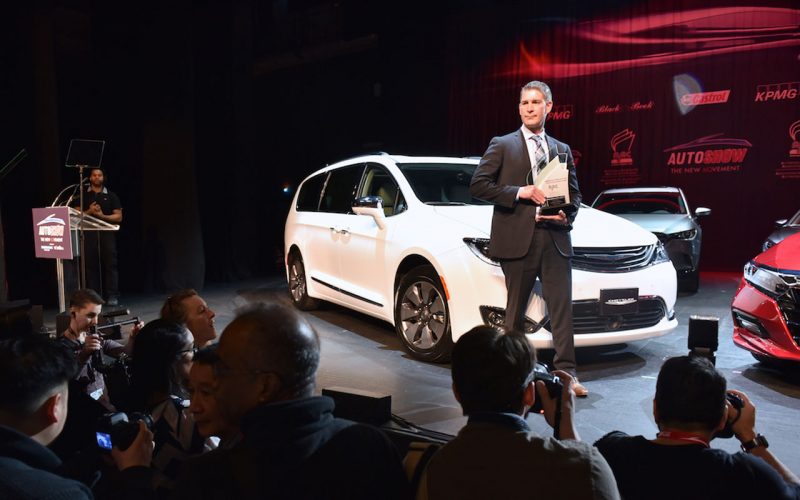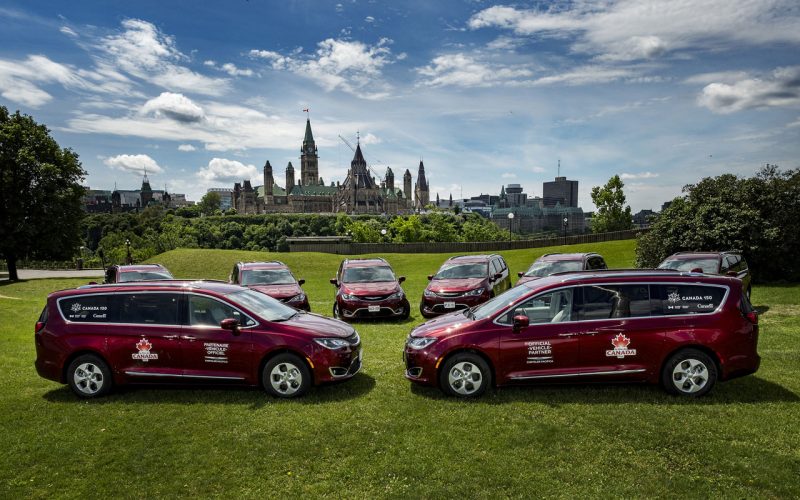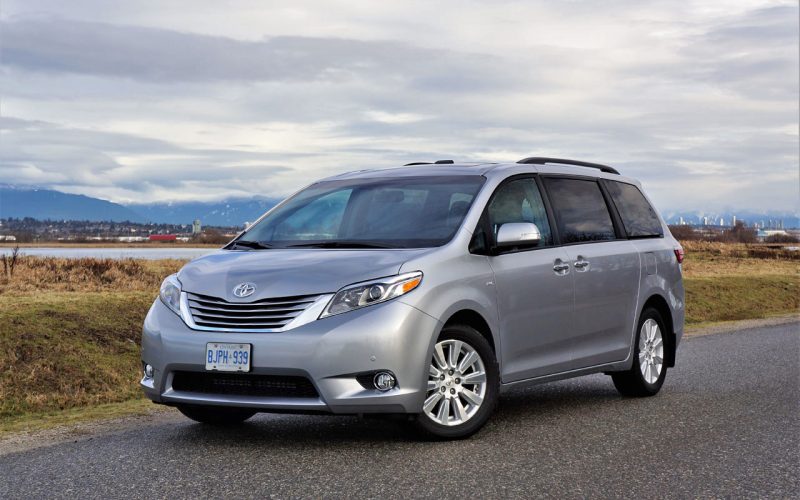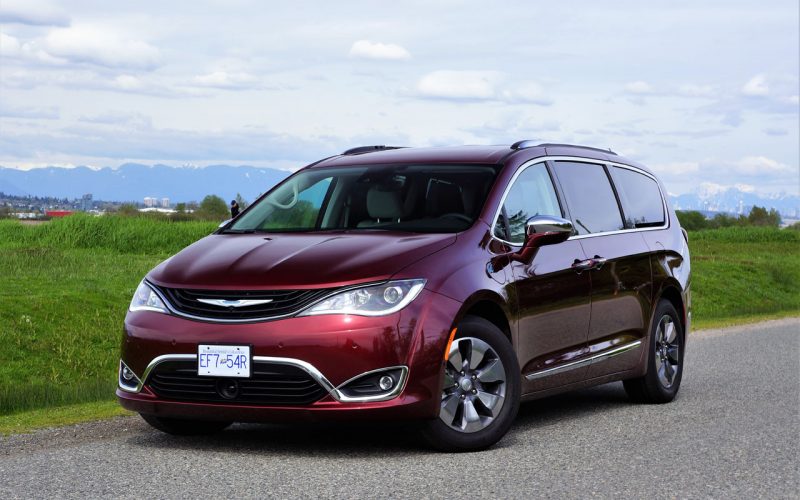
Reading Time: 4 minutesAfter taking home the award for Best Large Car in the Automobile Journalist Association of Canada’s

Reading Time: 3 minutesIt’s only fitting that Canada’s favourite family shuttle was the official conveyance in our capital city

Reading Time: 6 minutesI remember when this third-generation 2011 Sienna was brand new, and in sporty SE trim it

Reading Time: 4 minutesIn the mainstream volume auto sector only Daimler’s Smart brand has fewer models than FCA’s Chrysler.
© 2025 The Car Magazine. All Rights Reserved, Privacy Policy | Terms of Use